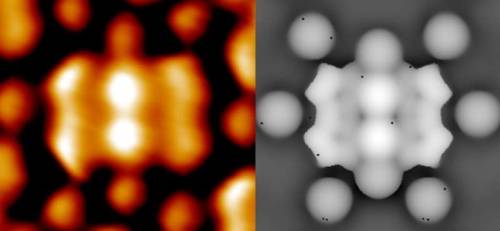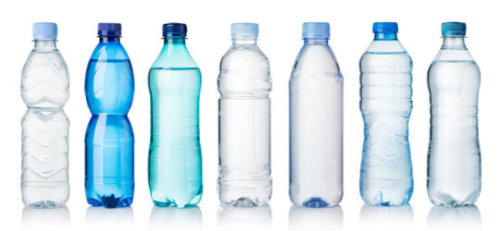#washington state university
Researchers uncover basics of common industrial catalytic processes
Catalysts are used in a wide variety of industrial processes around the world in everything from the production of medicines, fertilizers, plastics, and other household products to the processing of fossil fuels.
They speed up chemical reactions with the aim of minimizing energy usage. But while they are critically important, catalysts have often been developed through trial and error or tradition rather than through scientific principles.
Using a combination of microscopy and spectroscopy to get real-world imagery as well as sophisticated theoretical calculations, Washington State University researchers collaborated with Prof. Junfa Zhu from the University of Science and Technology of China to unravel an underlying mechanism of a catalytic reaction at the atomic level.
The work, published in the journal of the American Chemical Society, JACS, improves fundamental understanding of reactions that could someday lead to more efficient industrial processes.
Post link
BPA replacements in plastics cause reproductive problems in lab mice
Twenty years ago, researchers made the accidental discovery that the now infamous plastics ingredient known as bisphenol A or BPA had inadvertently leached out of plastic cages used to house female mice in the lab, causing a sudden increase in chromosomally abnormal eggs in the animals. Now, the same team is back to report in the journal Current Biology on September 13 that the array of alternative bisphenols now used to replace BPA in BPA-free bottles, cups, cages, and other items appear to come with similar problems for their mice.
“This paper reports a strange déjà vu experience in our laboratory,” says Patricia Hunt of Washington State University.
The new findings were uncovered much as before as the researchers again noticed a change in the data coming out of studies on control animals. Again, the researchers traced the problem to contamination from damaged cages, but the effects this time, Hunt says, were more subtle than before. That’s because not all of the cages were damaged and the source of contamination remained less certain.
However, she and her colleagues were able to determine that the mice were being exposed to replacement bisphenols. They also saw that the disturbance in the lab was causing problems in the production of both eggs and sperm.
Post link
Turning heat energy into a viable fuel source
A new device being developed by Washington State University physicist Yi Gu could one day turn the heat generated by a wide array of electronics into a usable fuel source.
The device is a multicomponent, multilayered composite material called a van der Waals Schottky diode. It converts heat into electricity up to three times more efficiently than silicon – a semiconductor material widely used in the electronics industry. While still in an early stage of development, the new diode could eventually provide an extra source of power for everything from smartphones to automobiles.
“The ability of our diode to convert heat into electricity is very large compared to other bulk materials currently used in electronics,” said Gu, an associate professor in WSU’s Department of Physics and Astronomy. “In the future, one layer could be attached to something hot like a car exhaust or a computer motor and another to a surface at room temperature. The diode would then use the heat differential between the two surfaces to create an electric current that could be stored in a battery and used when needed.”
Gu recently published a paper on the Schottky diode in The Journal of Physical Chemistry Letters.
Post link



